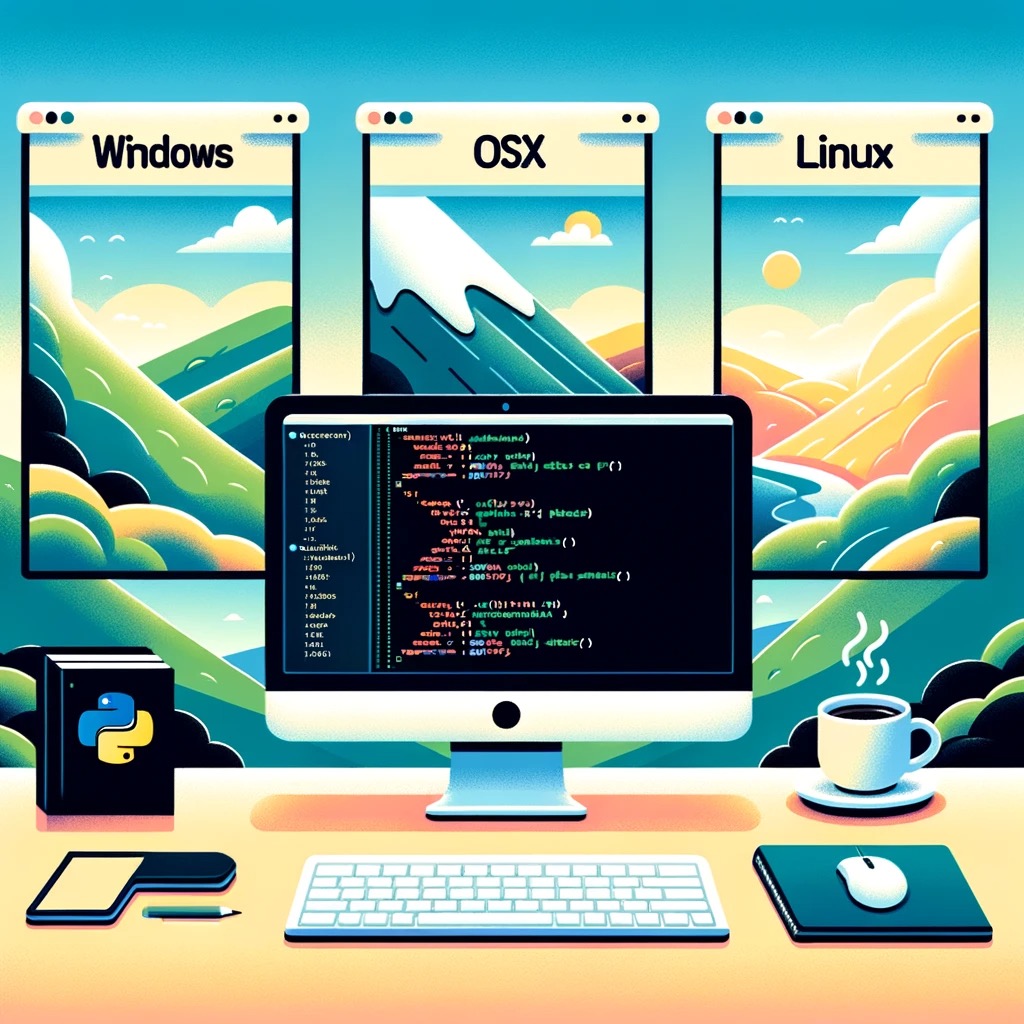Introduction and Setting Up Your Environment
A Beginner’s Guide to Python: Introduction and Setting Up Your Environment
Python is a versatile, high-level programming language that has gained immense popularity among developers, data scientists, and even beginners. It’s known for its simplicity, readability, and wide range of applications. In this blog post, we will provide a brief introduction to Python and guide you through the steps to set up the Python environment on Windows, OSX, and Linux.
What is Python?
Python is an interpreted, object-oriented programming language that was conceived in the late 1980s and was first released in 1991 by Guido van Rossum. Some of the features that make Python stand out include:
- Readability: Python uses whitespace indentation to define code blocks, making the code easy to read and understand.
- Versatility: It can be used for web development, data analysis, artificial intelligence, scientific computing, and more.
- Extensive Libraries: Python has a rich set of libraries and frameworks that can help developers save time and avoid writing code from scratch.
- Platform-Independent: Python is cross-platform, meaning you can run the same code on Windows, OSX, and Linux without any changes.
Setting Up Python Environment
Setting up Python is straightforward. Below are the steps for different operating systems:
For Windows:
- Download Python: Visit the official Python website at python.org and download the latest version of Python for Windows.
- Run Installer: Once the download is complete, run the installer. Ensure that you check the box that says “Add Python to PATH” during installation. This will make it easier to run Python from the command prompt.
- Verify Installation: Open the command prompt and type
python --version. If the installation was successful, you should see the version of Python you installed.
For OSX:
- Check Existing Installation: Most OSX versions come with Python pre-installed. Open the terminal and type
python --versionto check. - Install Python Using Homebrew: If you want a newer version or if it’s not installed, the easiest way is to use Homebrew. First, install Homebrew by following instructions on brew.sh. Then, in the terminal, run
brew install python3. - Verify Installation: Type
python3 --versionin the terminal to check the installed version.
For Linux:
- Update Package List: Open the terminal and run
sudo apt update. - Install Python: Run
sudo apt install python3. - Verify Installation: Check the installed version by typing
python3 --version.
In Conclusion
Python is a powerful and beginner-friendly language that can be set up with ease on any operating system. Whether you’re looking to delve into web development, data science, or simply automate mundane tasks, Python is a great choice to start. Happy coding!


